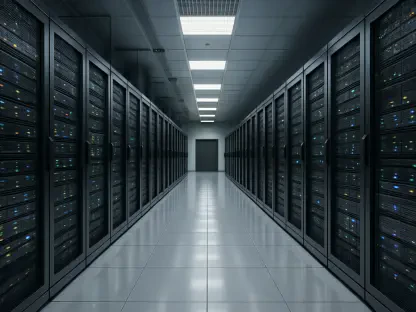I’m thrilled to sit down with Donald Gainsborough, a political savant and leader in policy and legislation, who heads Government Curated. With his deep expertise in shaping educational frameworks, Donald offers invaluable insights into the integration of artificial intelligence (AI) in schools. In this conversation, we explore how students perceive AI tools in their learning journey, the benefits and challenges they face, and the critical role schools play in adapting to this technological shift. We also delve into the gap between student and teacher perspectives on AI and discuss actionable steps for responsible implementation.
How do you interpret the growing trend of students using AI tools like ChatGPT or Google Gemini in their schoolwork?
I see it as a natural evolution of how technology integrates into education. Students are digital natives, and they’re quick to adopt tools that make learning more accessible. From what I’ve observed, AI can break down complex topics—like linear algebra or physics—into digestible explanations, often filling gaps that traditional resources can’t. It’s not just about convenience; it’s about personalizing learning in ways we’ve never been able to before. However, this rapid adoption also demands oversight to ensure these tools are used as aids, not crutches.
What do you believe are the most significant advantages of embedding AI into everyday learning environments?
The benefits are profound. AI can save time by summarizing texts or providing instant feedback on writing, which allows students to focus on deeper understanding rather than rote tasks. It also exposes them to new ideas, sparking creativity in assignments. Beyond that, it prepares students for future careers—AI is already reshaping industries, and early exposure equips them with relevant skills. I think it’s a game-changer for efficiency, especially for students juggling heavy workloads.
How do you view the potential risks or concerns students have about using AI in the classroom?
The concerns are valid and multifaceted. Misinformation is a big one—AI can generate inaccurate data or solutions, and students need to learn how to verify outputs. There’s also the fear of false cheating accusations; many students use AI to enhance learning, but the stigma can lead to unfair assumptions. Over-reliance is another issue—there’s a real risk of losing critical thinking skills if AI becomes the default problem-solver. These challenges highlight the need for education around responsible use.
What’s your perspective on how schools are currently managing the integration of AI into education?
Frankly, schools are lagging. Many are focusing on narrow applications like plagiarism detection rather than exploring AI’s transformative potential in teaching and learning. There’s a clear lack of comprehensive policies—students and teachers often don’t know what’s allowed or how to use AI effectively. This creates confusion and missed opportunities. Schools need to move beyond reactive measures and develop proactive strategies that embrace AI as a core part of education.
In what ways could teachers leverage AI more effectively to enhance classroom experiences?
Teachers could use AI to personalize lessons, tailoring content to individual student needs through adaptive learning platforms. It could also handle administrative tasks like grading, freeing up time for meaningful student interaction. But to do this, teachers need training—most aren’t familiar enough with AI to integrate it confidently. I’d suggest using AI for interactive simulations or brainstorming exercises in class, making lessons more engaging and hands-on for students.
Have you noticed a disconnect between how students and teachers perceive AI in education?
Absolutely. Students often see AI as an integral part of their learning process, almost second nature. Teachers, on the other hand, can be hesitant—many lack familiarity or worry about ethical issues like cheating. This gap stems from insufficient professional development and unclear guidelines from school leadership. Bridging this divide requires open dialogue and shared learning experiences where both groups can explore AI’s potential together.
What kind of policies or support systems do you think schools should establish to ensure responsible AI use?
Schools need clear, enforceable policies that address misuse, like cheating or spreading misinformation, while still encouraging innovation. This includes teaching students how to critically evaluate AI outputs and use these tools ethically. Additionally, there should be robust professional development for teachers to build their confidence with AI. Guidelines must be transparent and collaborative, involving input from students, educators, and parents to create a balanced framework.
What is your forecast for the future of AI in education over the next decade?
I envision AI becoming a cornerstone of education, deeply integrated into curricula and teaching methods. We’ll likely see more sophisticated tools that adapt to individual learning styles, making education truly personalized. However, the pace of this transformation depends on how quickly schools can address current gaps in policy and training. If done right, AI could revolutionize how we prepare students for a rapidly changing world, but it will require bold leadership and a commitment to equity so no student is left behind.









